There’s a certain charm about this city that has intrigued me. As a digital nomad, I want to fulfil my curiosity to travel to destinations and awaken my mind, whilst being able to accomplish my work in the digital space, whilst working from a remote location.
The things that I typically look for include living costs and lifestyle. Even though I’ve only been in the city for a short amount of time, I can say that I am experiencing both.
I’ve personally been able to live in France and the UK. I’ve also travelled through the south of Spain. I can see elements of each city and Portugal’s own unique culture and lifestyle, which makes this city attractive.
Skip to section
Accommodation
The accommodation costs were quite surprising. In Australia, I pay $420 a week in rent, which works out $1680 per month. I generally aim to keep my accommodation costs at $1000-$1500 a month when I am travelling.
If you travel over the long-term, you will find deals on Airbnb that will allow you to receive discounts so that you will be able to stay in the city at rates that are similar to what the locals pay.
If you are travelling solo, you can opt to stay in a room on Airbnb or at a hostel. (I personally prefer the rooms since you gain extra privacy, comfort and security. Staying in a hostel generally means you will need to stay with 3 or more other people in the same room.)
I was able to find accommodation in Lisbon fairly easily. The city seems small in certain areas, but it can be spread out in others. That being said; there tends to be fairly good transportation links to different areas in the city.
Transportation
Getting to and from Lisbon itself seems to be quite straightforward. You can get to Lisbon easily by plane (the airport is approximately a 20 minute drive from the city), train and by the intercity bus.
Once you are in Lisbon, you have the following options with transportation.
Taxi
There are several taxis in service in and around the city. Taxis always tend to be the more expensive travel option, however they aren’t as expensive as in other cities.
Bus
The bus was fairly inexpensive and relatively frequent, but it was necessary to plan in advance. I would recommend installing the Citymapper app so you can plan your journey in advance. The app will also show how soon the bus will arrive and track your station progress, which is handy if you don’t understand Portuguese.
Tram
The tram is iconic to Portugal. It isn’t the cheapest form of transport, but it definitely makes it more convenient to get from one side of the city to the other, especially given the amount of hills that you need to navigate in the city. It can be one of the quickest travel options whilst you are in Lisbon.
Metro (Train)
There are 4 metro lines that you can use to get around the city. The green line and the yellow line. The cost is 1.45 Euros one way.
Uber
We actually found it cheaper and more cost effective to hitch a ride with an Uber.
Language.
Even though you are in Portugal and the local language is Portuguese, you can get by using English. If you speak another language such as Spanish or French, it is possible to get around using those languages as well.
Food
I’d struggled to find authentic Portuguese food, but my sister actually put me onto the TripAdvisor app that suggested restaurants in the local area. I can say that after using the app, we were able to enjoy some really tasty and authentic Portuguese food.
I would definitely recommend trying authentic Peri Peri chicken whilst you are in Portugal.
You can also pick-up very affordable food such as pastries in the supermarket. We purchased pastries and breads from 0.20-1.00 each, depending on what they were. (Croissants were 27 cents, which was great for breakfast).
Things to see and do.
I was surprised at the amount things that I was able to do. However, my interests are mainly exploring aesthetically interesting environments. This is something that I felt Lisbon offered.
Additionally, there are a few options for nightlife such as going out in the Barrio District. There are several bars for wine, tapas, and dancing.
There are also free walking tours around the city (where you can offer guides a tip at the end). However, it is easy enough to walk around the city and find the local landmarks. We were able to see them over 2 days.
If you would like an extensive guide, purchase the Lonely Planet guide on Lisbon or Portugal (if you plan to travel around the country).
How was the internet connection?
This was the only thing that concerned me a bit. Even at the accommodation where I stayed, the internet connection wasn’t the best. But I could still do what I wanted to do while I was there. At some of the cafes, I had a similar experience and had to work offline. But if you can find those cafes with a good connection, you can easily spend less than 2 Euros on a coffee and enjoy your time working on your laptop whilst people watching or adoring some of the sights that Portugal has to offer.
Lisbon isn’t going to be as cheap as places such as South-east Asia, but it is affordable. The level of comfort varies as well. If you are in the position to spend $70-100/night, then you will be able to live fairly luxuriously in Lisbon. But I’d even go as far to say that the city can be done on a tight budget of $50-60 Australian dollars a day (Or less if you are travelling as a couple).
Have you stayed in Lisbon before? What do you think?
Let us know in the comments below.
Thank you for reading.
Useful links
Lisbon digital nomads Facebook group
*Note – This post contains affiliate links. However the opinions and experiences are my own.
Sign-up now!
Start your digital nomad journey today!
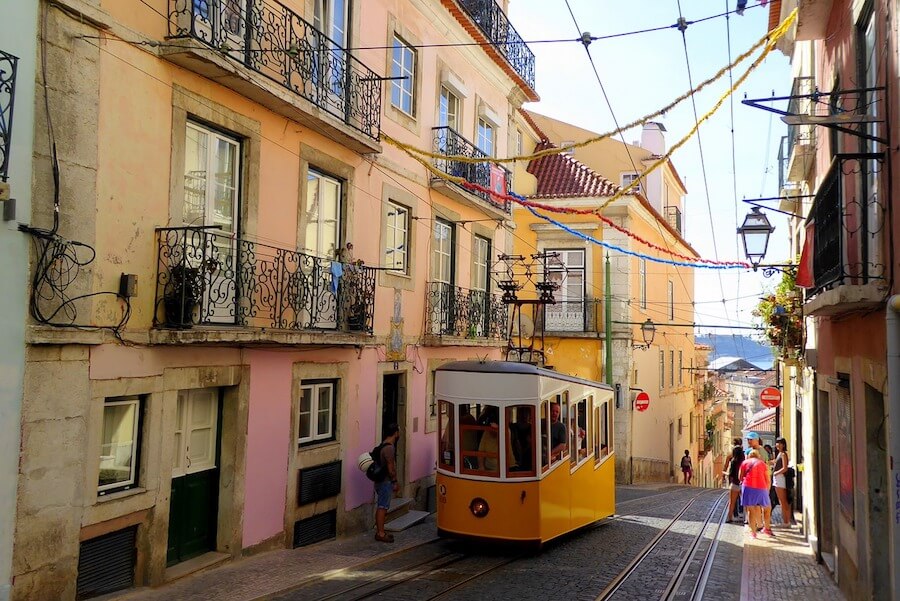
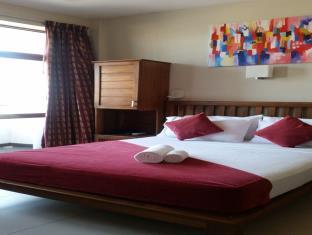
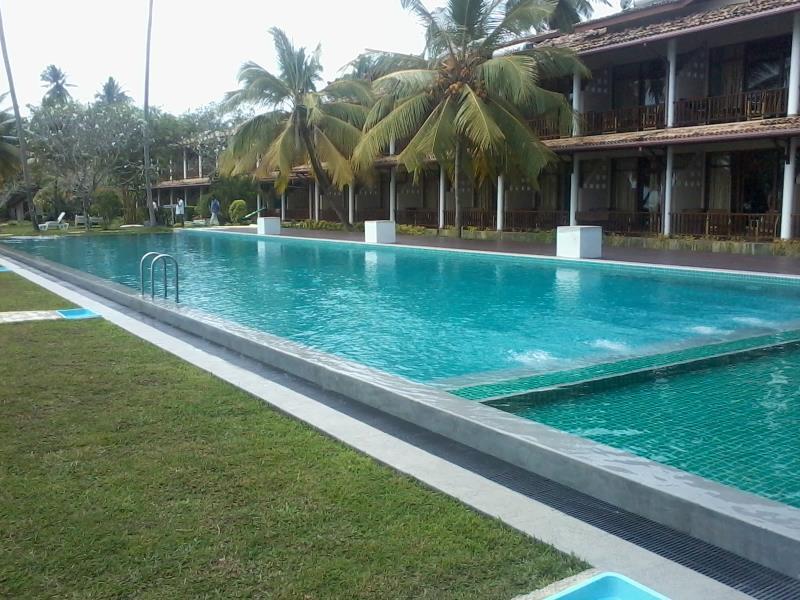
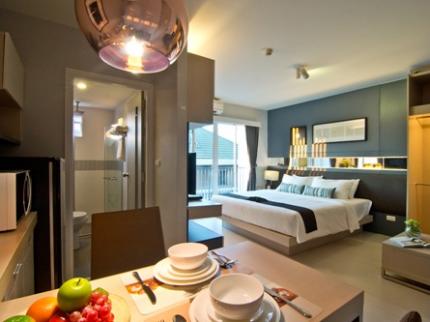

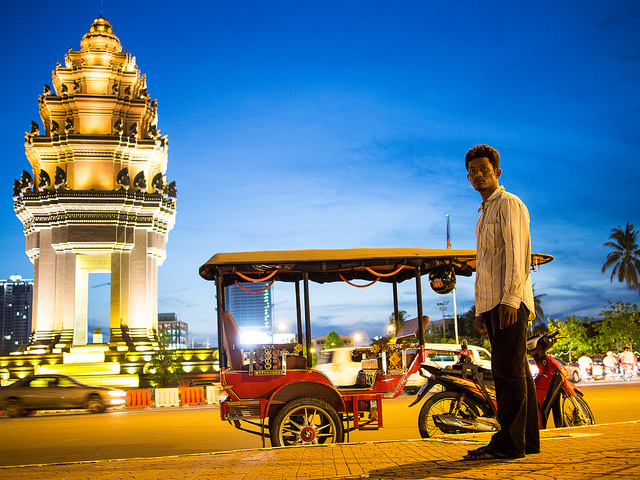

Pingback: Top digital nomad destinations - Lollivia